2025 Guide: How to Choose the Best Paddle Wheel Flow Meter for Your Needs
In the ever-evolving landscape of flow measurement technology, choosing the right Paddle Wheel Flow Meter can significantly impact operational efficiency and accuracy. Experts like Dr. Emily Johnson, a renowned figure in fluid dynamics Engineering, emphasize the importance of this decision: “Selecting the appropriate flow meter is not just about understanding the specifications; it’s about aligning those metrics with the specific application needs.” With advancements in design and technology, Paddle Wheel Flow Meters have become a popular choice for various industries, notably due to their reliability and ease of use.
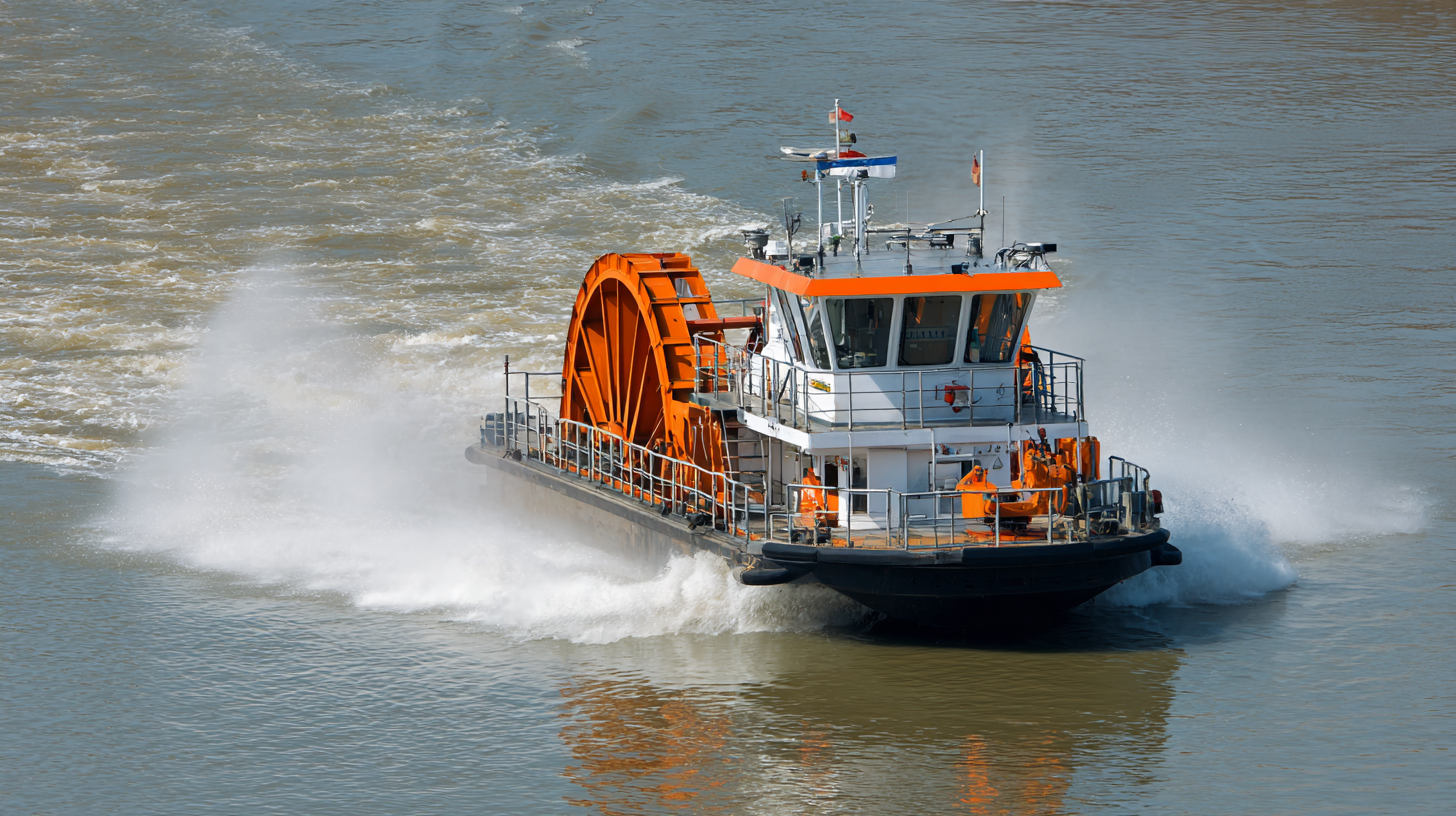
As we approach 2025, the market is filled with options that cater to diverse requirements, making it crucial to understand key factors in selecting the best Paddle Wheel Flow Meter for your applications. From measurement accuracy to installation considerations, a well-informed choice can enhance your system's performance and longevity. In this guide, we will explore essential criteria that will aid in making an informed decision, ensuring that your Paddle Wheel Flow Meter not only meets but exceeds your expectations. Whether for water management or industrial applications, understanding your specific needs will lead to optimal performance and satisfaction.
Key Factors to Consider When Selecting a Paddle Wheel Flow Meter
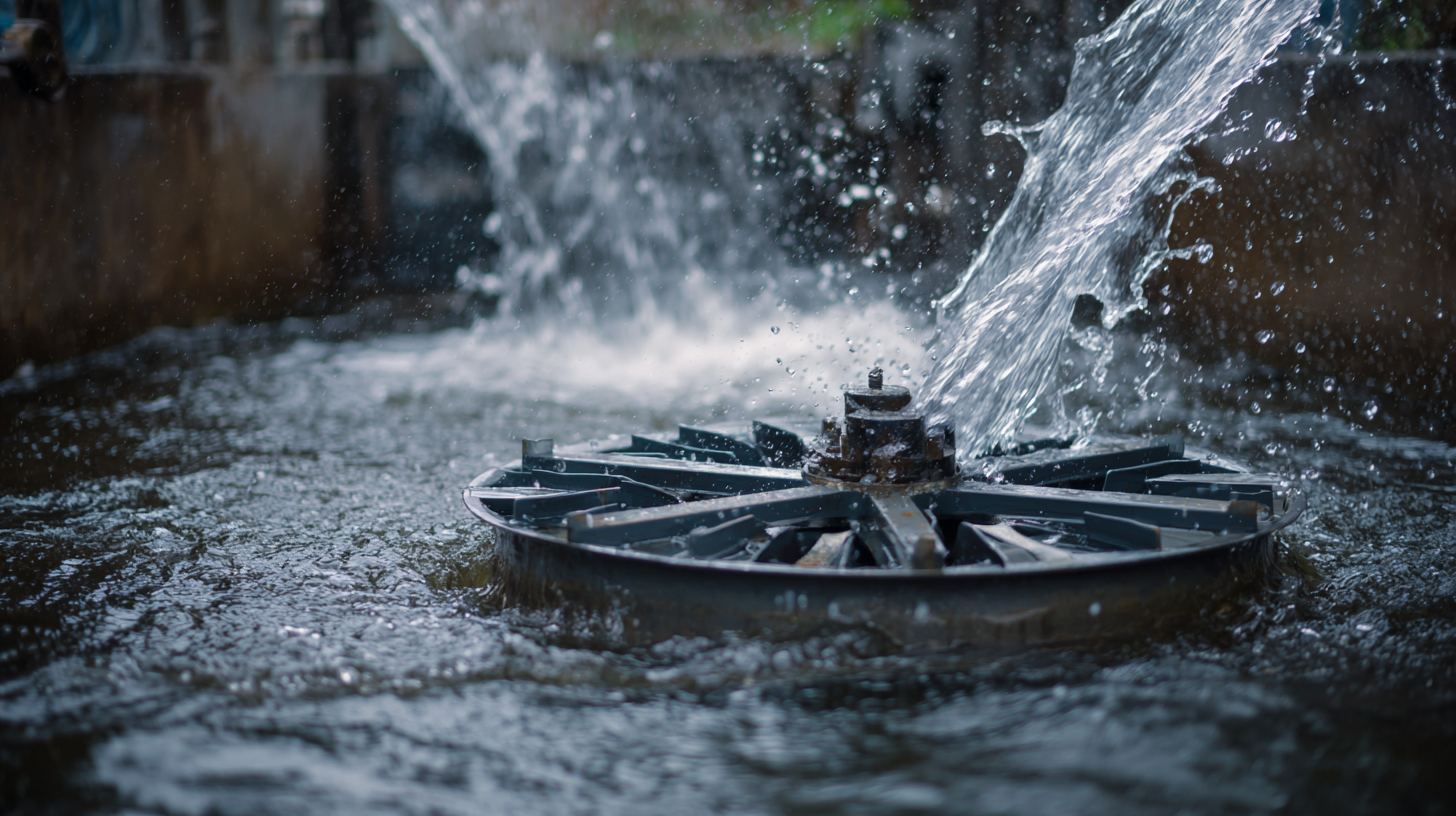 When selecting a paddle wheel flow meter, it's essential to consider several key factors to ensure optimal performance for your specific application. First and foremost, you should evaluate the fluid characteristics, including its viscosity, temperature, and density. These factors directly impact the accuracy and reliability of the flow measurement. Additionally, you must consider the range of flow rates expected in your system, as choosing a flow meter that can handle both low and high flow conditions is crucial for versatility and precision.
When selecting a paddle wheel flow meter, it's essential to consider several key factors to ensure optimal performance for your specific application. First and foremost, you should evaluate the fluid characteristics, including its viscosity, temperature, and density. These factors directly impact the accuracy and reliability of the flow measurement. Additionally, you must consider the range of flow rates expected in your system, as choosing a flow meter that can handle both low and high flow conditions is crucial for versatility and precision.
Another important aspect to consider is the installation requirements of the paddle wheel flow meter. Ensure that there is adequate straight pipe length before and after the meter to avoid turbulence that could affect measurement accuracy. Furthermore, compatibility with existing systems and the potential need for calibration or maintenance should not be overlooked. Understanding these factors will guide you in selecting a paddle wheel flow meter that not only meets your current needs but also adapts to future increases in demand or changes in operational conditions.
Types of Paddle Wheel Flow Meters: Which One Fits Your Application?
When selecting a paddle wheel flow meter, understanding the different types available is crucial to ensure you choose the right one for your application. Paddle wheel flow meters are widely categorized based on their construction materials, design, and specific functionalities. For instance, some models are designed for high-viscosity fluids while others are optimized for low-flow conditions. If your application involves aggressive chemicals, you might need a flow meter made from corrosion-resistant materials like polypropylene or stainless steel.
Another important consideration is the installation environment. There are in-line paddle wheel flow meters, which are integrated directly into the flow path, and insertion types, which can be easily installed in existing pipelines without requiring extensive modifications. Additionally, think about the flow range and accuracy you require; some models offer advanced features like digital displays and output signals suitable for integration with other systems. By assessing these aspects, you can narrow down your options and find a paddle wheel flow meter that aligns perfectly with your operational needs.
2025 Guide: Paddle Wheel Flow Meter Types Comparison
This chart compares the flow rate measurement range of different types of paddle wheel flow meters, helping you choose the best one for your needs based on their specific applications.
Understanding Accuracy and Calibration in Paddle Wheel Flow Meters
When choosing a paddle wheel flow meter, understanding accuracy and calibration is crucial. Paddle wheel flow meters are widely used for measuring the flow of liquids in various applications, including agriculture and hydroponics. A recent evaluation highlighted the significance of accuracy in flow metering, especially when it comes to liquid fertilizers. For instance, inaccuracies can lead to improper nutrient delivery, impacting crop yields and compliance with best management practices aimed at minimizing nitrate leaching.
Calibration plays a vital role in ensuring that these meters provide reliable readings. Over time, wear and tear can affect the performance of the flow meter, making regular recalibration essential. Many industry reports recommend calibrating flow meters annually, or more frequently in high-stakes situations, to maintain their accuracy within ±2% of the actual flow rate.
**Tips:** When selecting a paddle wheel flow meter, consider factors like flow range, fluid properties, and installation environment. Ensure that the model you choose meets the calibration and accuracy standards set forth by industry regulations. Additionally, familiarize yourself with the manufacturer's guidelines for maintenance and recalibration intervals to ensure optimal performance throughout its operational life.
2025 Guide: How to Choose the Best Paddle Wheel Flow Meter for Your Needs - Understanding Accuracy and Calibration in Paddle Wheel Flow Meters
| Flow Meter Model | Accuracy (%) | Calibration Frequency (Months) | Operating Temperature (°C) | Flow Range (m³/h) |
|---|---|---|---|---|
| Model A | ±2 | 12 | -10 to 70 | 0.5 - 100 |
| Model B | ±1.5 | 6 | -5 to 80 | 1 - 150 |
| Model C | ±1.0 | 9 | 0 to 90 | 0.3 - 200 |
| Model D | ±2.5 | 18 | -20 to 60 | 0.1 - 80 |
Installing and Maintaining Your Paddle Wheel Flow Meter Effectively
When installing a paddle wheel flow meter, it is essential to ensure proper alignment and support. The meter must be placed in a straight section of the pipe to allow for smooth and uninterrupted flow, which helps in obtaining accurate readings. Additionally, the flow meter should be securely mounted to avoid vibrations that could affect its performance. Ensure that the flow direction is correct, as indicated by the manufacturer's markings, to maintain optimal functionality.
Regular maintenance is crucial to the longevity and accuracy of your paddle wheel flow meter. This includes periodic cleaning of the paddle wheel and sensor areas to prevent buildup of debris, which can hinder performance. It is also important to routinely check for wear and tear or any signs of damage. Calibration should be performed according to the manufacturer's recommendations to ensure that the measurements remain accurate over time. By prioritizing proper installation and maintenance, you can maximize the efficiency and reliability of your paddle wheel flow meter, ensuring it meets your operational needs effectively.
Comparing the Top 5 Paddle Wheel Flow Meters of 2025: Features and Benefits
When selecting a paddle wheel flow meter, understanding the distinguishing features and benefits of the top models on the market is crucial. The first contender, the Omega FTB-250, stands out for its versatility and robust construction, making it ideal for both industrial and laboratory applications. Its high accuracy and ability to handle various fluid types allow for flexible usage across multiple environments. Additionally, the user-friendly interface makes installation and operation seamless, reducing downtime for users.
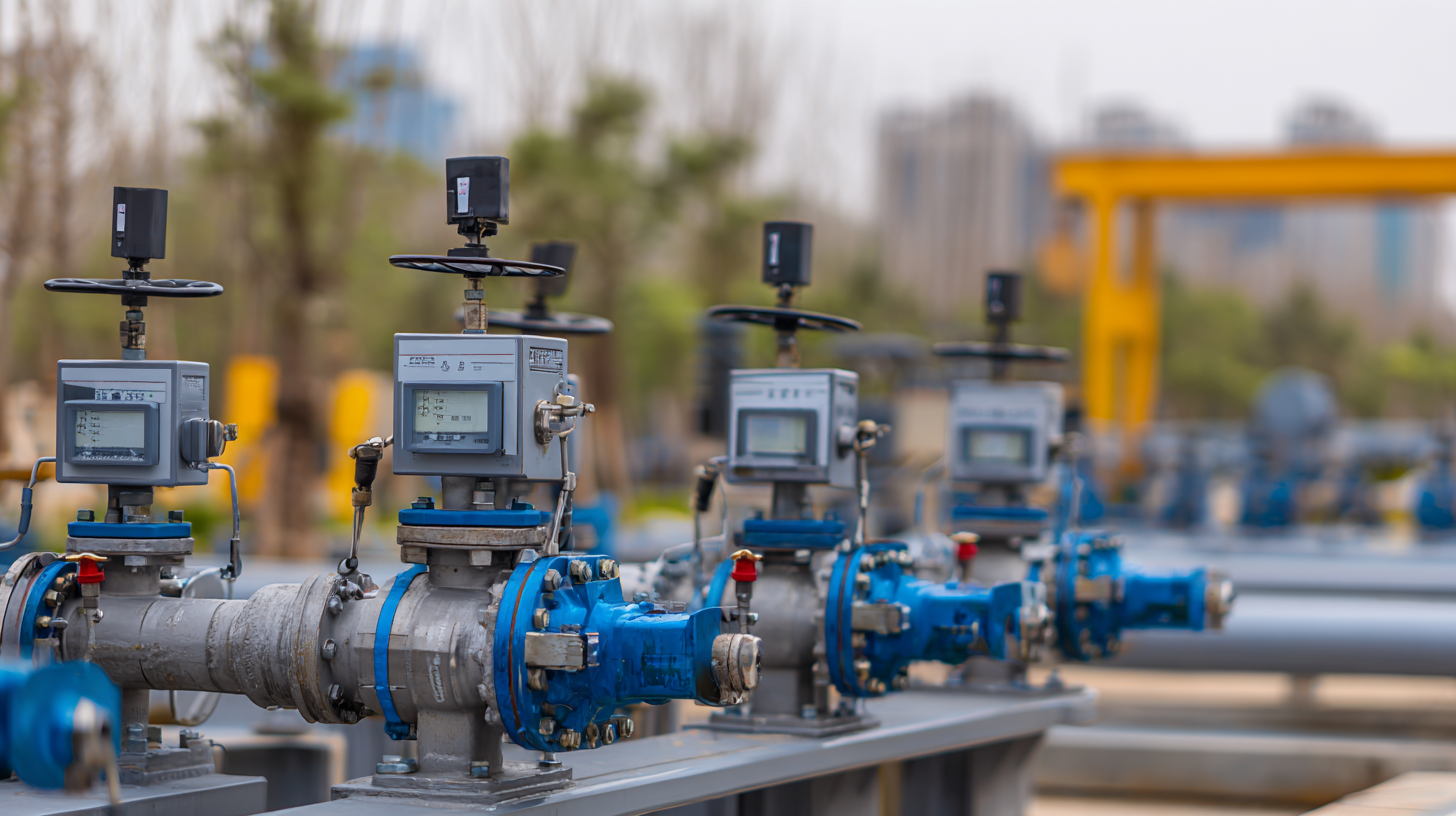
Next, the KOBOLD FLOW METER offers impressive performance with its digital display and remote monitoring capabilities. This meter is excellent for those needing real-time data for critical applications, ensuring consistent operational efficiency. Furthermore, its compact design is perfect for limited space installations, and the durable materials used guarantee longevity even in harsh conditions. Both of these options, alongside others in the top five list, provide unique advantages tailored to different operational needs, making it essential to assess individual requirements before making a decision.
Related Posts
-

How to Select the Right Mechanical Flow Meter for Your Industrial Needs
-

The Future of Flow Meters Technology Trends and Their Impact on Industrial Efficiency
-

How to Effectively Choose the Right Air Flow Meter for Your Industrial Needs
-
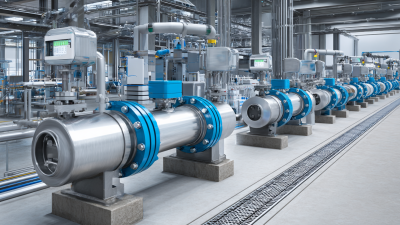
Understanding the Benefits of Electromagnetic Flow Meters in Industrial Applications
-

Ultimate Guide to Choosing the Best Inline Flow Meter for Your Industrial Needs
-
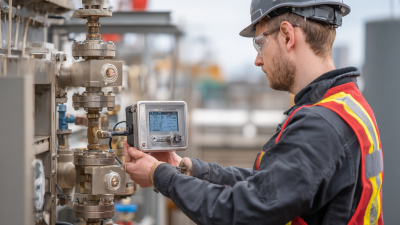
How to Choose the Right Non Contact Flow Meter for Accurate Measurement in Industrial Applications
